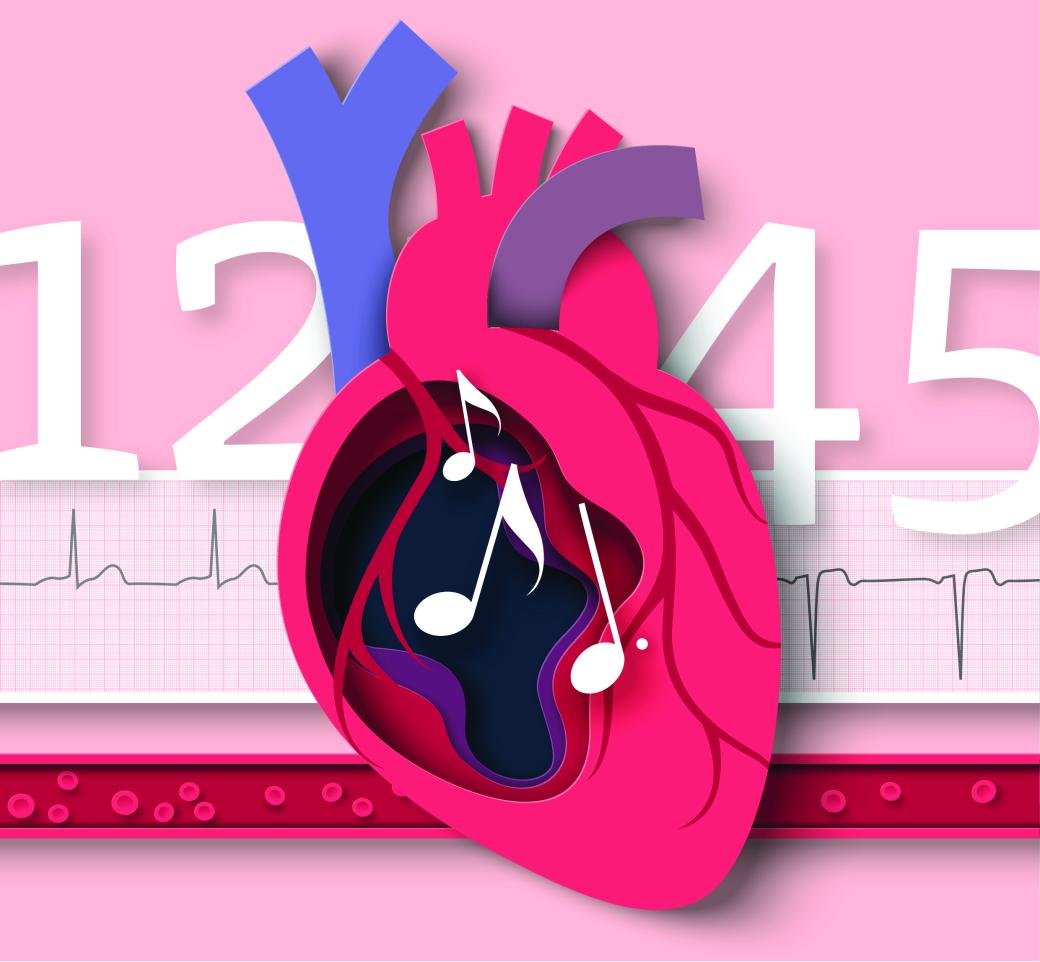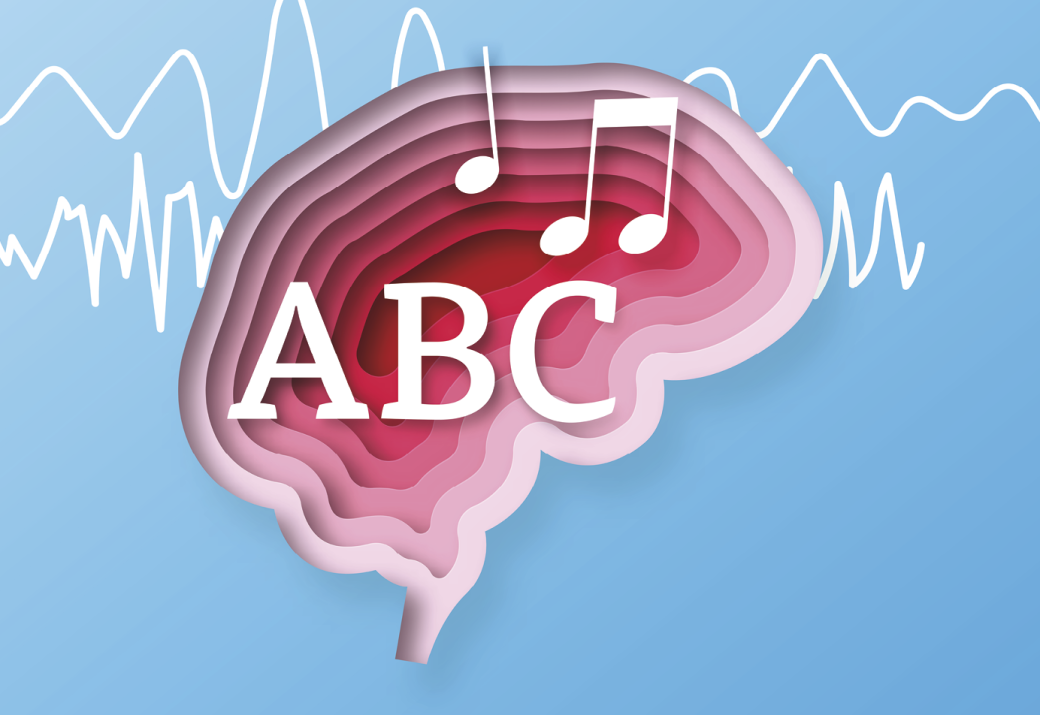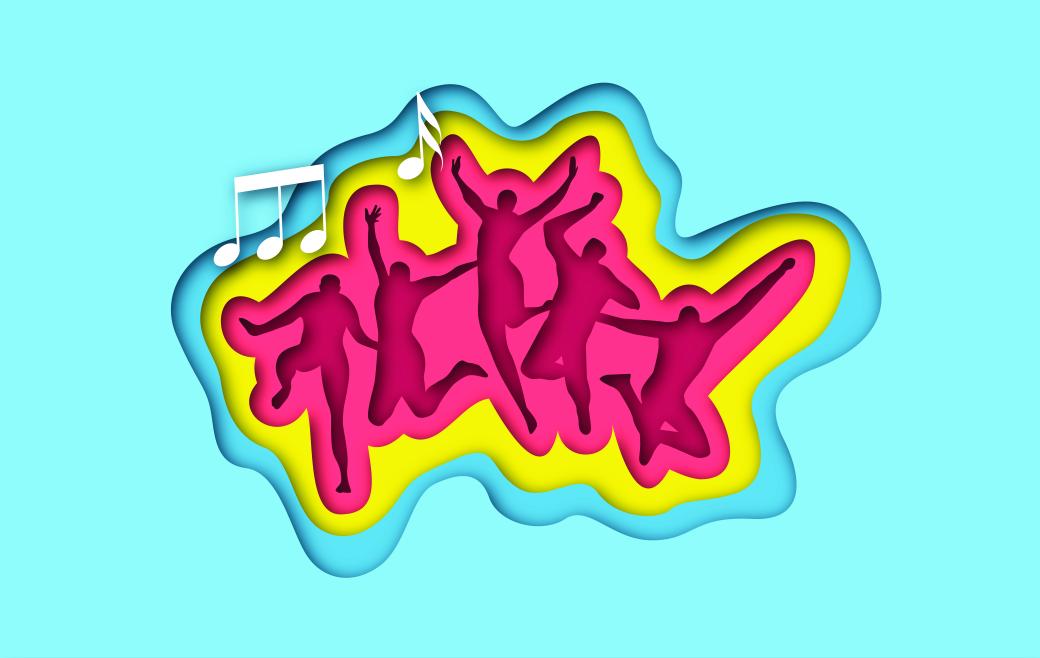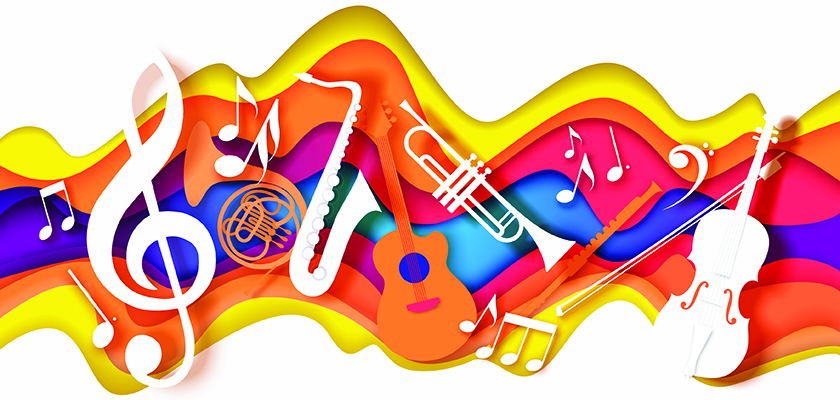As a music teacher, I have seen the benefits of music first-hand. There’s a wealth of research that shows the physical, psychological and social/emotional benefits of music (choralcanada.org/en/curated-research).
Here are some ways of including music in your classroom and enjoying some of those benefits too.

Physical benefits
Singing regulates our blood pressure; increases production of immunoglobulin A, an antibody that is essential to fighting disease; improves lung and respiratory function; and helps rehabilitate communication. Playing instruments helps to develop fine motor skills and hand-eye coordination and boosts cardio.
Here are some classroom-ready strategies:
- Find songs that have relevance to the topic you are teaching and learn how to sing along and sing together as a class. (You don't have to be the world's best singer to enjoy this; have fun.)
- Put math facts or other concepts to a beat. Use an online drum kit (drumbit.app) to create a beat or tap on your body.
- Try movement programs like DrumFIT (drumfit.com).
- Show YouTube movement videos that incorporate music.

Psychological benefits
Music connects the regions of the brain associated with memory, thinking, movement, attention, language, and emotion. Therefore, music can help us remember facts and information better; it can improve our attention for learning and can help us regulate our emotions. Music can relieve pain and stress and boost mood.
Here are some strategies for incorporating music in the classroom:
- Play music while working on tasks — it may help with concentration.
- If a student experiences trouble regulating emotion, find out their favorite song and have it on standby.
- For students who are working on language or communication, have them learn and listen to music to help build vocabulary and speech sounds.

Social/emotional benefits
Music helps us build self-confidence, self and group identity, and community. It can also increase social skills and improve the quality of life.
Here are some strategies for incorporating music in the classroom:
- Encourage your students to share their talents with the school.
- Invite students from different cultures to share their music.
- Sing together as a class to promote sharing, helping, and cooperation.
To explore more concrete ideas and resources for including music in the classroom, you can access a slide presentation with songs and activities specifically designed for the elementary classroom generalist. Feel free to make a copy and enjoy the resources. Happy music making!
Read more
View the entire digital issue of the ATA Magazine
See the latest issue


